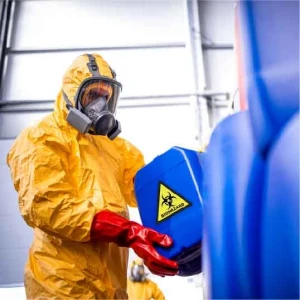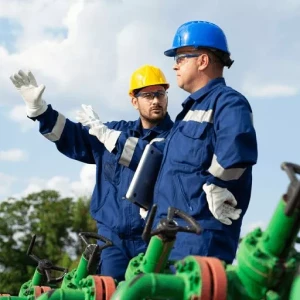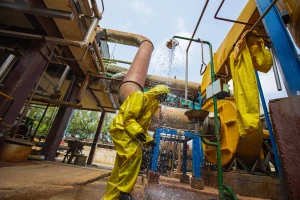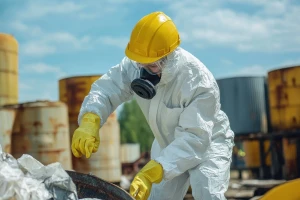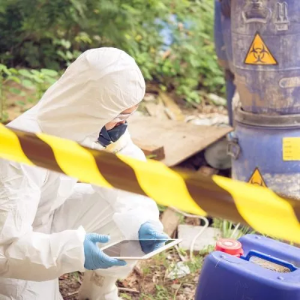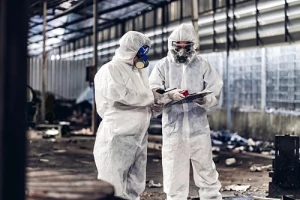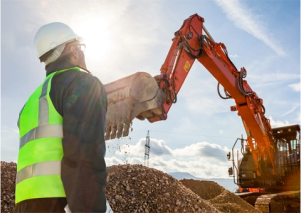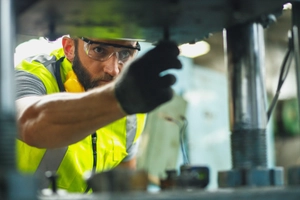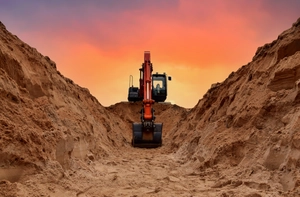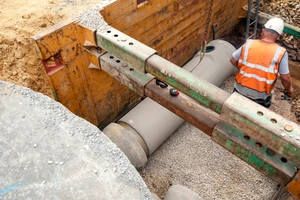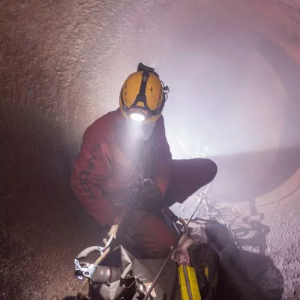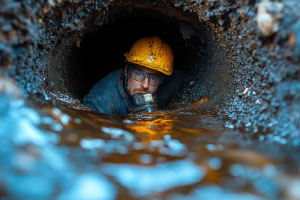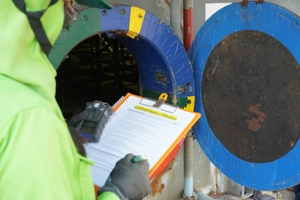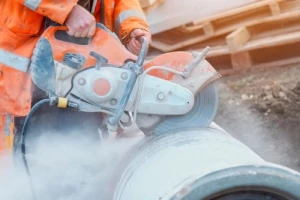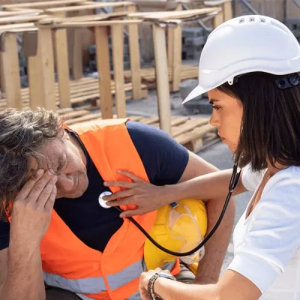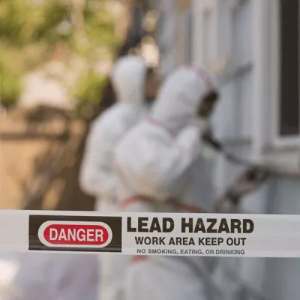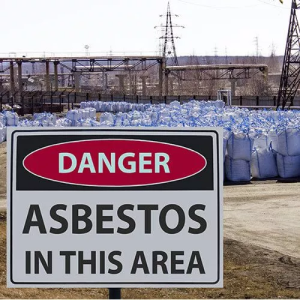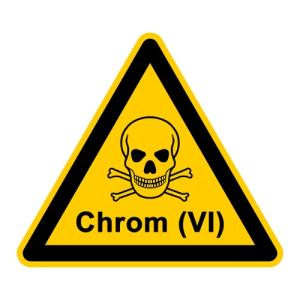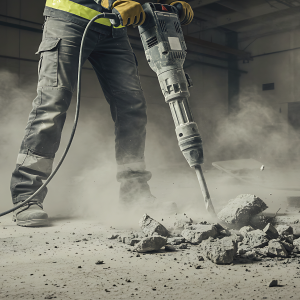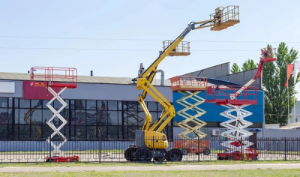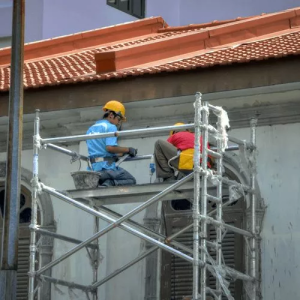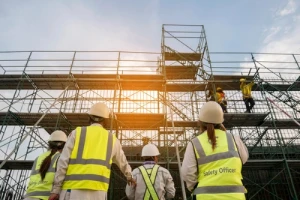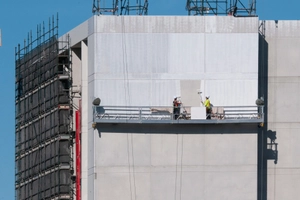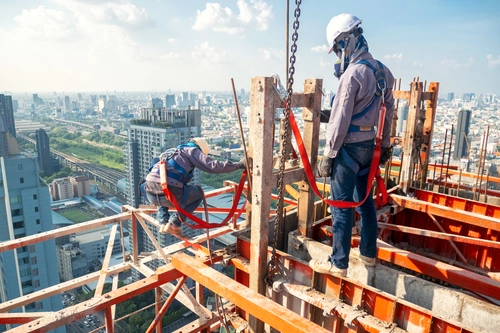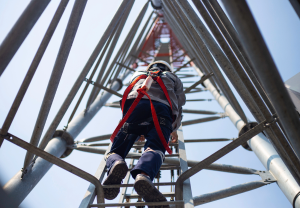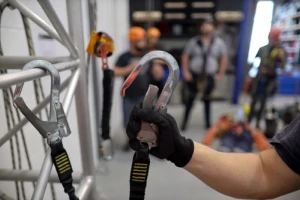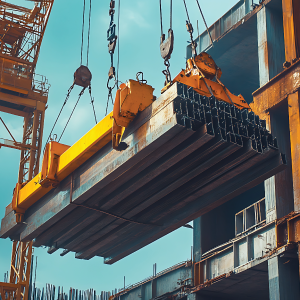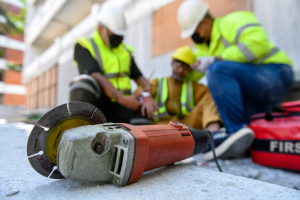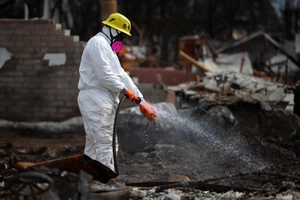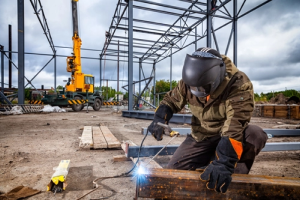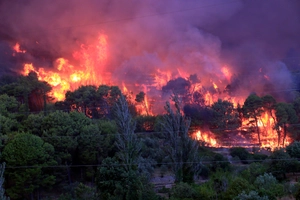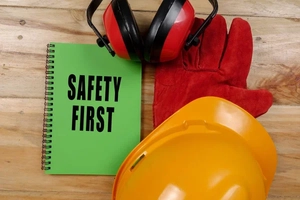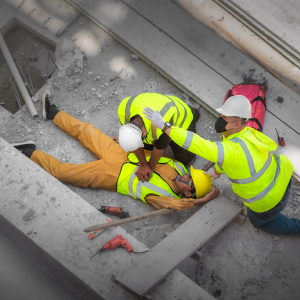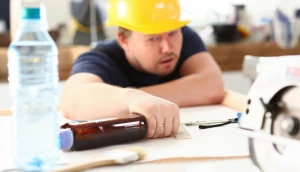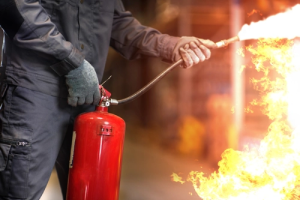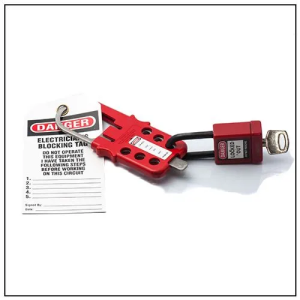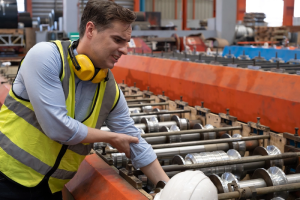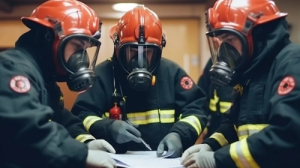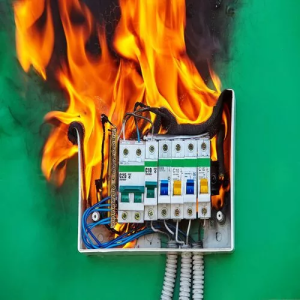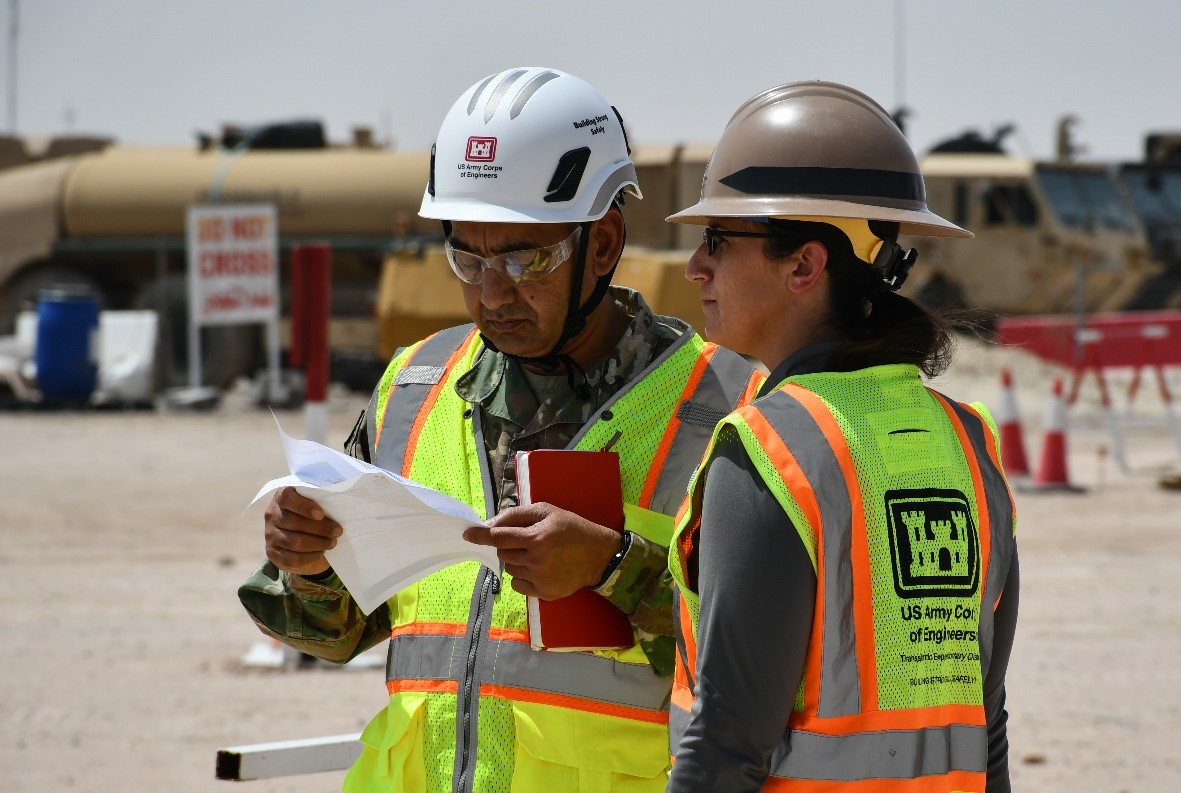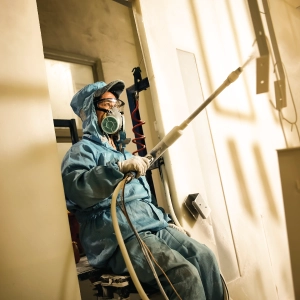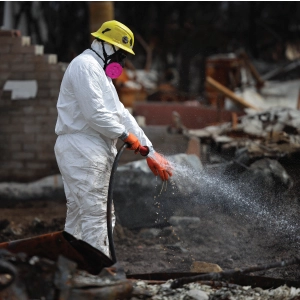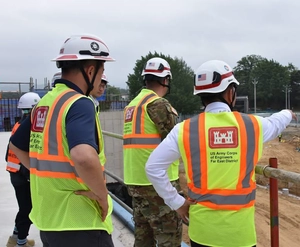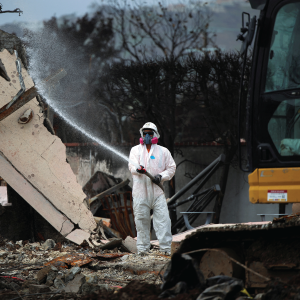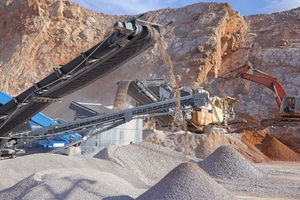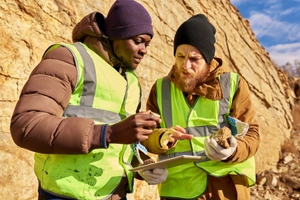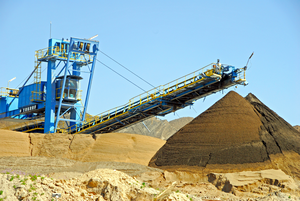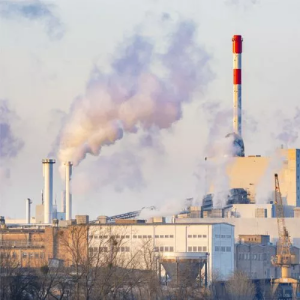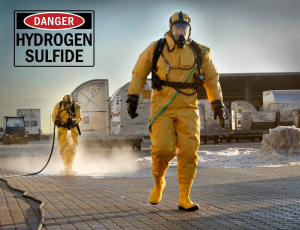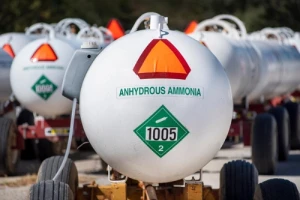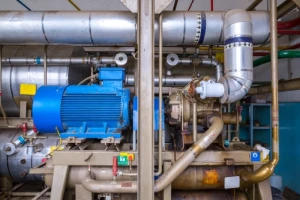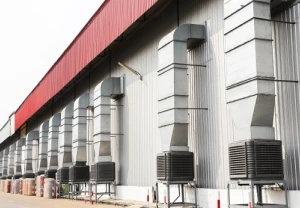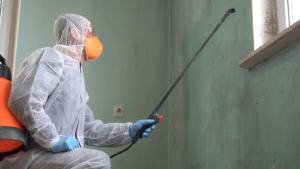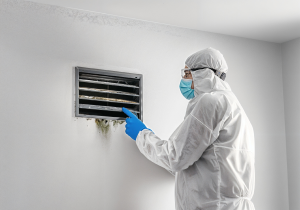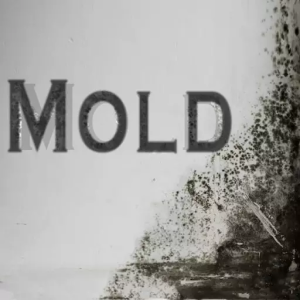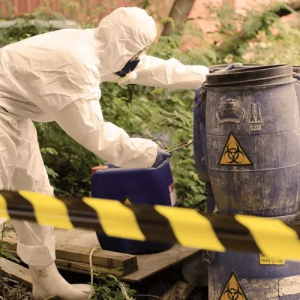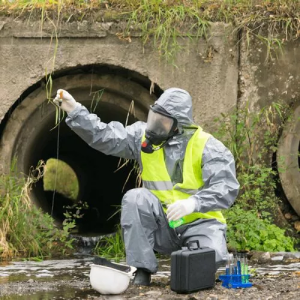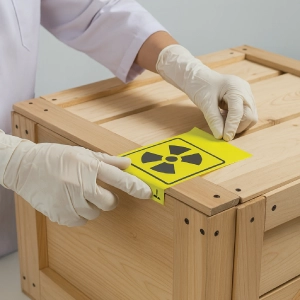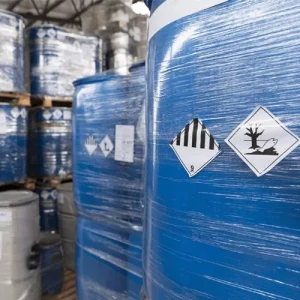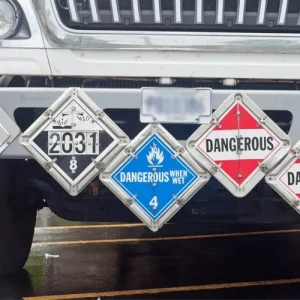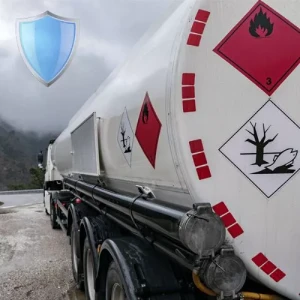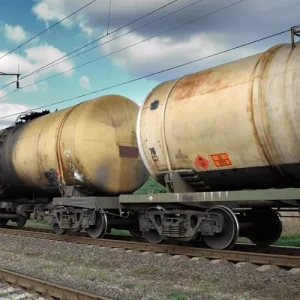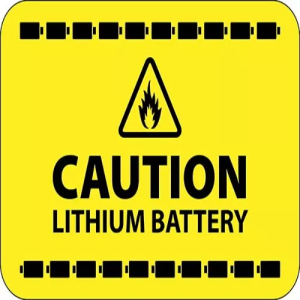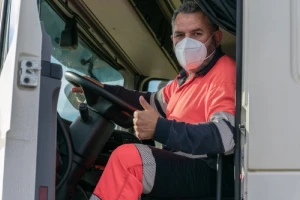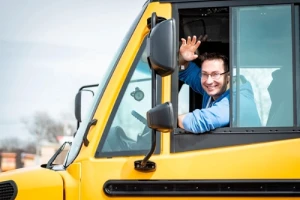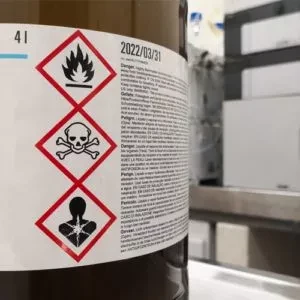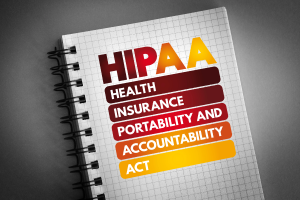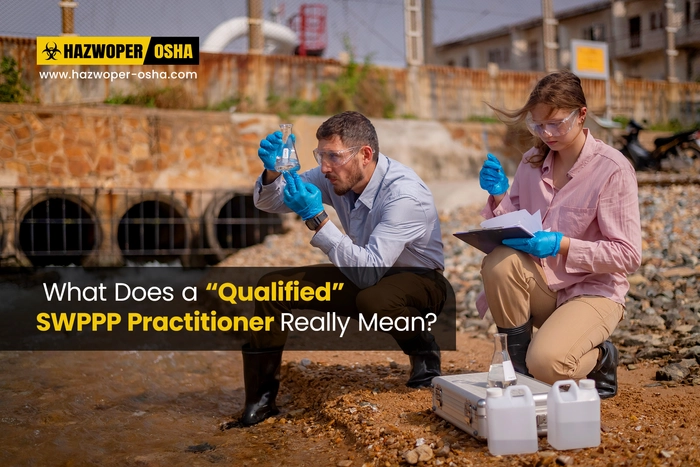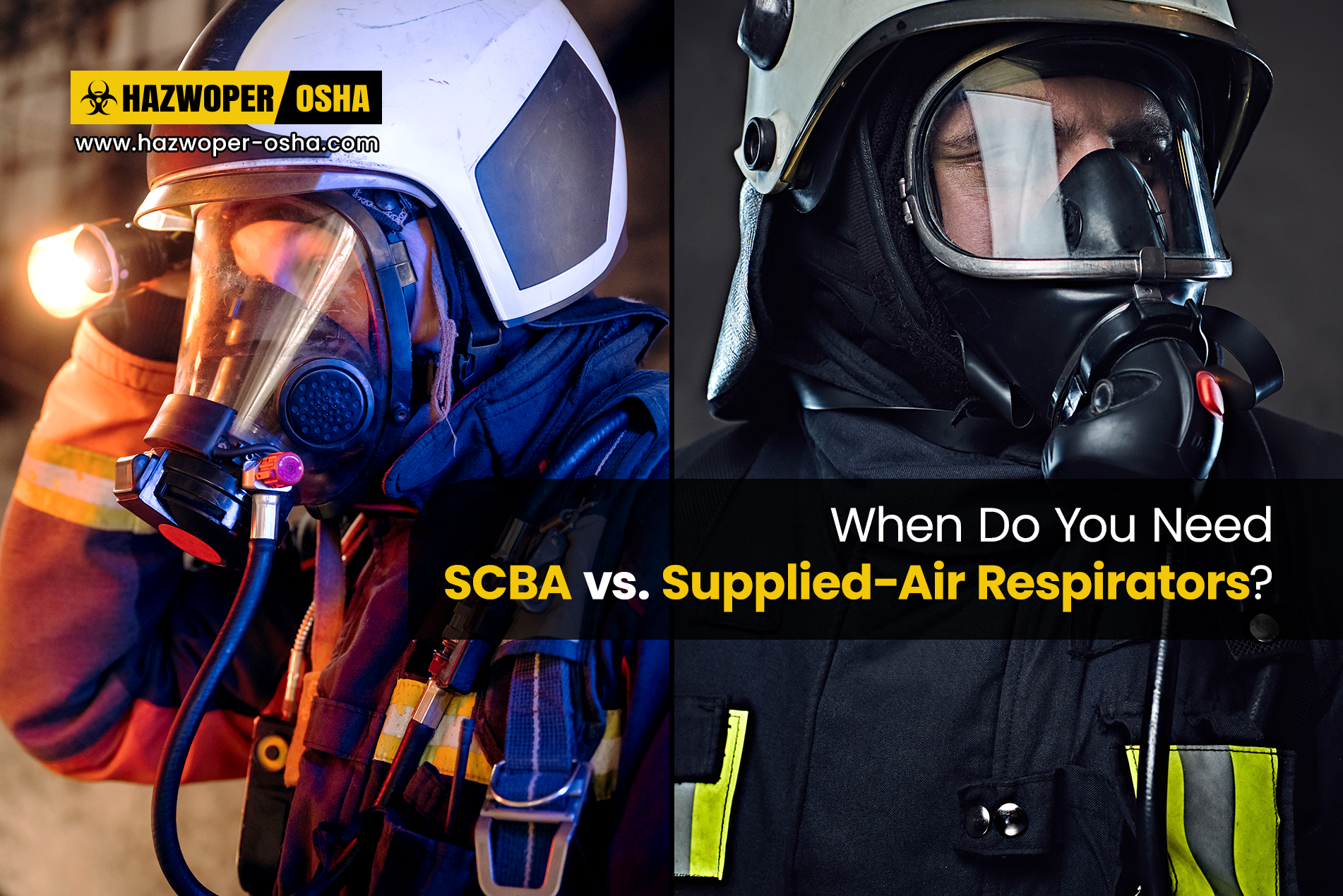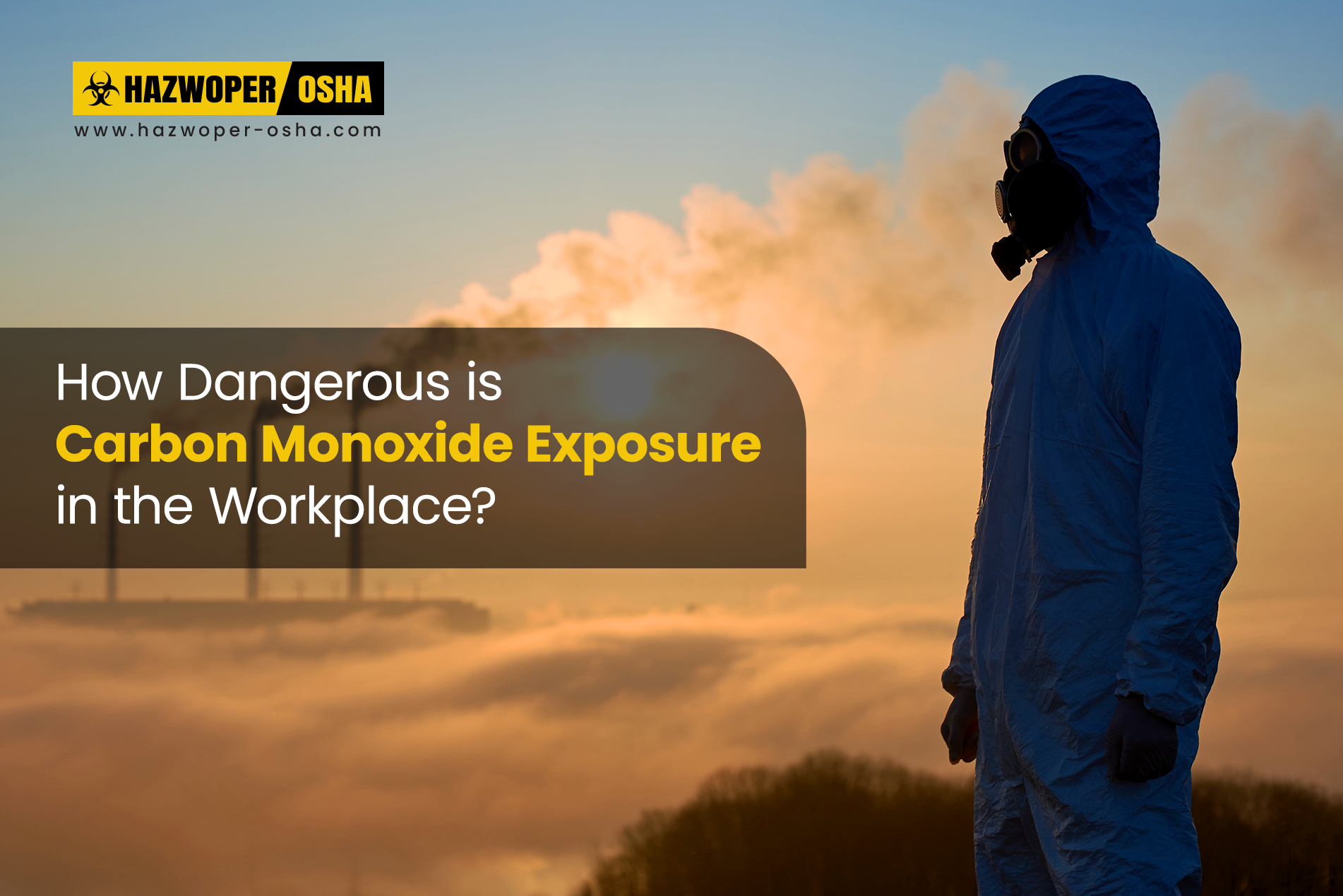Understanding and Preventing Construction's Fatal Four Hazards
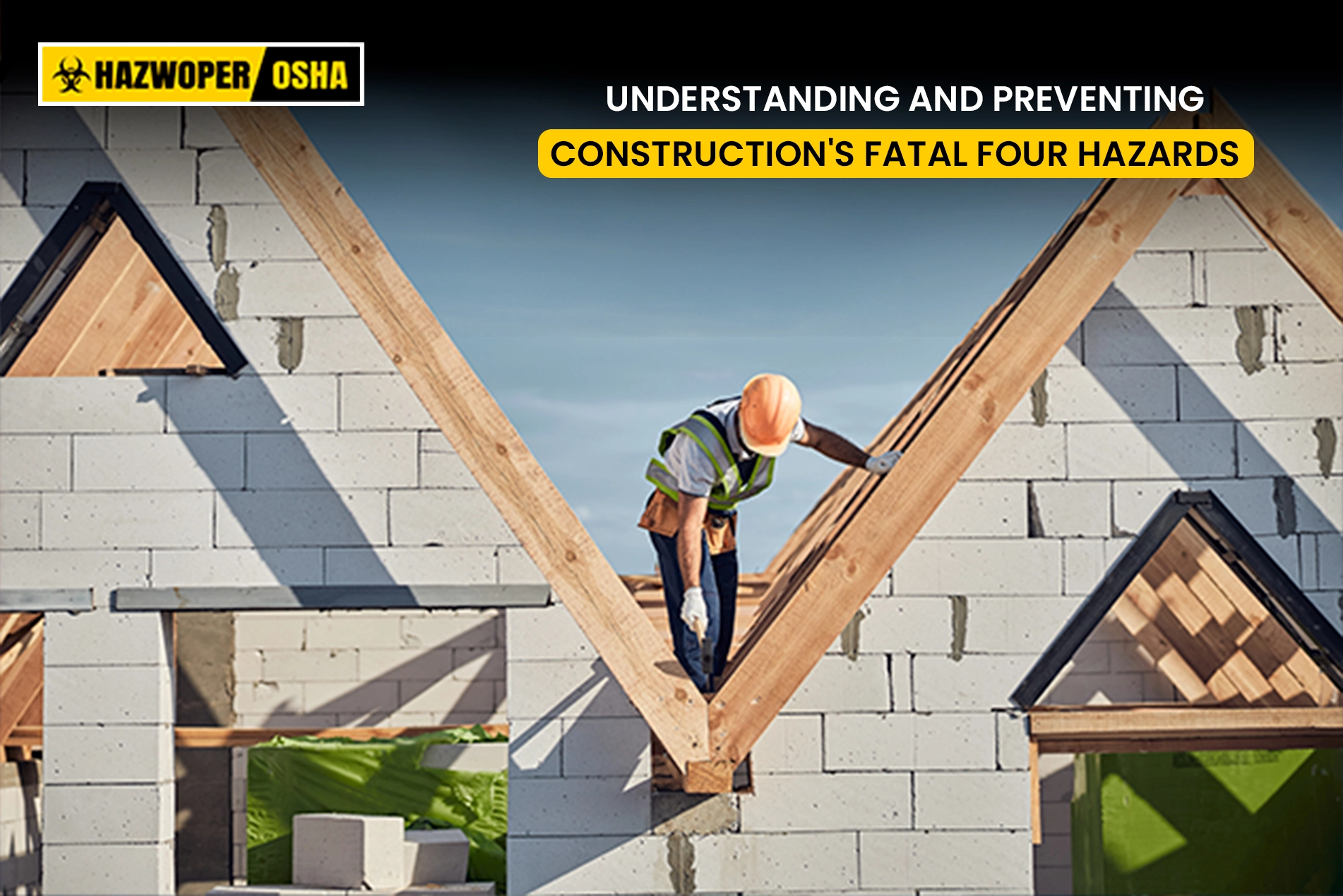
Introduction:
The Bureau of Labor Statistics stated that in 2023, the construction industry faced 1075 fatalities due to incidents, making it the highest number since 2011. This shocking number of fatalities shed light on the need to address the “Fatal Four'' hazards: struck-by incidents, falls, caught-in/between, and electrocutions. The fatal four hazards directly cause more than 60% of deaths in construction-related incidents. OSHA has persistently highlighted these hazards for construction supervisors and HR managers as critical areas for improvement. Falls are the most common hazard, responsible for nearly 39% of all construction fatalities in 2023. They occur when a worker falls from a height, often due to lack of proper fall protection struck-by incidents involve workers being hit by transport vehicles heavy equipment or falling objects Electrocutions occur due to contact with exposed electrical wires faulty wiring, or improper use of electrical equipment. Caught in/between hazards occur when workers are trapped between heavy machinery, collapsing structures, or excavation sites, leading to serious injuries and fatalities. The only way to tackle these hazards effectively is by understanding each of them individually, their causes, risk factors, and how to prevent them. Therefore, keep on reading to understand how to deal with these fatal hazards and address them appropriately at your workplace.
What is Construction's Fatal Four Hazards?
OSHA identifies these as the leading causes of construction-related fatalities, accounting for over 60% of deaths in the industry. The fatal four hazards include falls, electrocutions, caught-in/between accidents, and struck-by incidents.
Falls:
Falls result from working at heights, unprotected edges, improper ladder use, and scaffold misuse. These have caused around 39% of all construction fatalities in 2023.
Struck-by Incidents:
A struck-by hazard occurs when a worker is hit by falling objects, flying debris, or moving equipment. Approximately 8% to 17% of all construction-related deaths are accounted for struck-by incidents.
Electrocutions:
Electrocutions occur due to contact with live electrical wires, faulty power tools, or improper grounding. Annually, electrocution incidents cause almost 6-8% of construction fatalities. This risk can be mitigated through proper grounding, insulation, and following lockout/tagout procedures.
Caught-In/Between Accidents:
Caught-in/between incidents happen when workers are trapped between heavy machinery, collapsing structures, or unguarded moving parts. The most common examples of this hazard are scaffold failures and trench collapses. Almost 5% of all construction-related deaths occur due to this hazard. OSHA’s National Emphasis Program on Trenching has significantly reduced fatalities between 2022 and 2024 through targeted inspections and awareness campaigns. To gain a deeper understanding of these hazards, read our blog on, "Scaffolding Hazards and Safety Measures".
These hazards not only claim lives but also lead to significant financial losses for employers. Workers' compensation claims for fall related incidents amount to roughly $5.68 billion. The most effective way to handle these risks is through implementing proactive prevention strategies, including safety protocols, training programs, and strict adherence to OSHA standards.
The Common Causes and Risk Factors of Fatal Four Hazards
Below is an in-depth breakdown of the common causes and risk factors associated with each of the four fatal hazards in the construction industry:
Common Causes of Falls:
- Unprotected Edges: Falls mainly occur due to roofs lacking barriers, guardrails, scaffolds, and slippery stairways. For example, a worker without wearing PPE may fall by leaning over the edge to inspect a task
- Improper Scaffolding: Improperly constructed and maintained scaffolds collapse because of excessive loads and lack of support structures.
- Ladder Misuse: Unstable ladders Unstable ladders, improper placement, and misuse contribute to falls.
Risk Factors of Falls:
The main risk of falls is the lack of hazard recognition at the worksite. Mostly unstable surfaces, lack of PPE and slippery surfaces contribute to falls. The risk factors for falls in the construction industry are mentioned below:
- Human errors such as lack of awareness and misjudgment contribute to falls as workers underestimate the risks and overlook safety protocols.
- Unstable working surfaces cause workers to have uneven footing, which leads to slips and trips.
- Surfaces become slippery due to rain and snow, adding to the fall hazards.
For example, a worker might fall from an open roof edge without proper harness and PPE. Also, improper positioning leads to ladder tipping if not secured tightly against a stable structure.
Common Causes of Struck-by Incidents:
- Falling Objects: Tools, bricks, and other heavy materials falling from heights can hit the workers below. That's why they should be properly secured using tie-offs and tool tethers.
- Operating Vehicles/Equipment: Lack of traffic control measures causes the vehicles to operate around workers unsafely without the warning signage.
Risk Factors of Struck by Objects:
Lack of situational awareness and poor coordination on worksites are the major risk factors for struck-by incidents. Poor communication and safety measures put the workers at risk of being struck by incidents. The biggest risk factor is the lack of communication between workers, especially the operators, and ground personnel when working around moving equipment and vehicles.
Common Causes of Electrocutions:
- Electrical Shock: Exposed wiring and equipment and improperly insulated tools pose a risk of electrical shocks to the workers.
- Power Lines: Often overlooked, the overhead power lines are a possible electrical hazard, especially during site surveys.
Risk Factors for Electrocutions:
The risk of electrocution is mainly due to the wet conditions near the electrical sources as water increases conductivity. Also, lack of equipment maintenance is a risk, as equipment can malfunction unexpectedly under load conditions. For example, failing to de-energize the circuits, before maintenance can become dangerous, as some systems remain energized despite being shut for hours. Proper lockout/tagout procedures are needed to prevent this hazard.
Common Causes of Caught In/Between Accidents:
- Trench Collapses: Lack of shoring systems makes the trenches vulnerable during excavation as the soil pressure exceeds the trench’s structural capacity.
- Machinery Entrapment: Poorly maintained machinery traps the workers between the moving parts. The accidental start-up of machinery could be prevented by using safety guards while performing routine checks within the confined spaces.
- Structural Failures: Improper assembly of the scaffold causes it to collapse. The scaffold lacks the required bracing elements to stabilize the structure's lifespan. After the structure completes its lifespan, it should be dismantled by following the manufacturer's guidelines
How to Prevent the Fatal Four Hazards?
A comprehensive preventive strategy is required to mitigate the fatal four hazards. The strategy should combine using appropriate PPE, hazard mitigation and hazard communication, and targeted training.
1. Personal Protective Equipment (PPE):
Using proper hard hats, insulated gloves, safety glasses, and fall protection is the basic PPE every worker should don. Before wearing and after removing PPE, inspect it to ensure it remains effective.
2. Training Programs:
Workers should be trained to identify, mitigate, and work safely around these hazards. Competent Person for Fall Protection Training, help workers reduce fall-related risks. Scaffolding Erection and Inspection Training, equips workers in hazard recognition and proper assembly of scaffolds.
3. Routine Equipment Inspection:
Inspect all tools, scaffolding, and machinery before use to ensure proper functionality Repair or replace broken and faulty equipment before use to prevent accidents.
4. Clear Communication & Signage:
Accidents at the workplace can be prevented through clear signage and hazard communication. Workers should be aware of the risks and hazards in the workplace, and warning signs should be placed strategically in areas sensitive to fatal four hazards.
Proper excavation and trenching techniques help prevent being caught in/between hazards. Workers understand how to safely work in such conditions with Competent Person for Excavation, Shoring, and Trenching training. Electrical safety training and arc flash safety training educate workers with about electrical hazards and the implementation of safety practices to mitigate accidents related to electrocutions.
Closing Thoughts
The construction industry continues to face serious risks due to these 'Fatal Four' hazards and therefore requires constant attention and action. Fatalities caused by these hazards can be significantly reduced by implementing risk mitigation strategies, updating training, and ensuring appropriate use of PPE.
Every effort in hazard mitigation directly impacts the lives of your workforce. You are responsible for educating your team and equipping them with the knowledge and support they require to foster safer environments. Remember that no deadline or budget is worth anyone's life.
References:
Raken, Fatal Four Hazards in Construction Toolbox Talk, https://www.rakenapp.com/features/toolbox-talks/fatal-four-hazards
U.S Beaurue of Labor Statistics, Economic News Release Census of Fatal Occupational Injuries Summary, 2023, Thursday, December 19, 2024 https://www.bls.gov/news.release/cfoi.nr0.htm
NRCA, Construction industry fatalities rose in 2023, Jan. 9, 2025, https://www.nrca.net/RoofingNews/construction-industry-fatalities-rose-in-2023.1-9-2025.12515/details/story
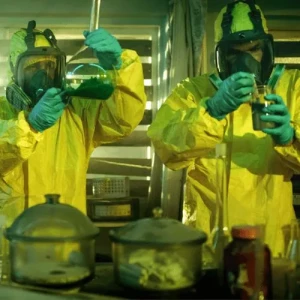
 EN |
EN |  ES
ES